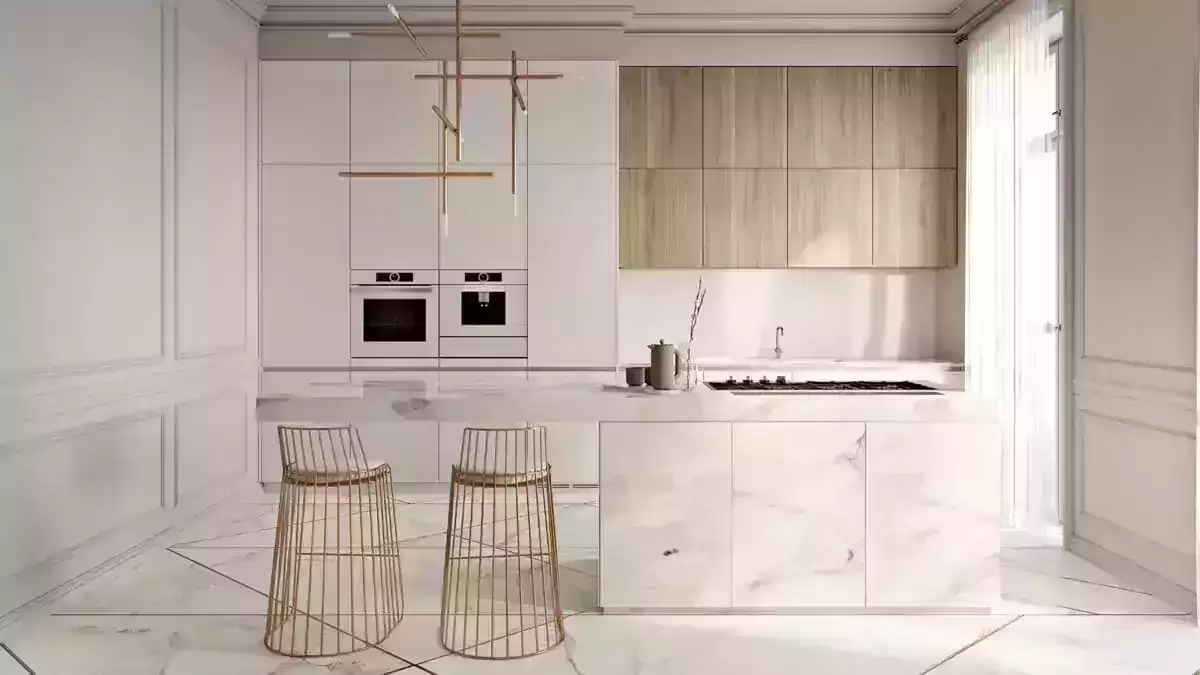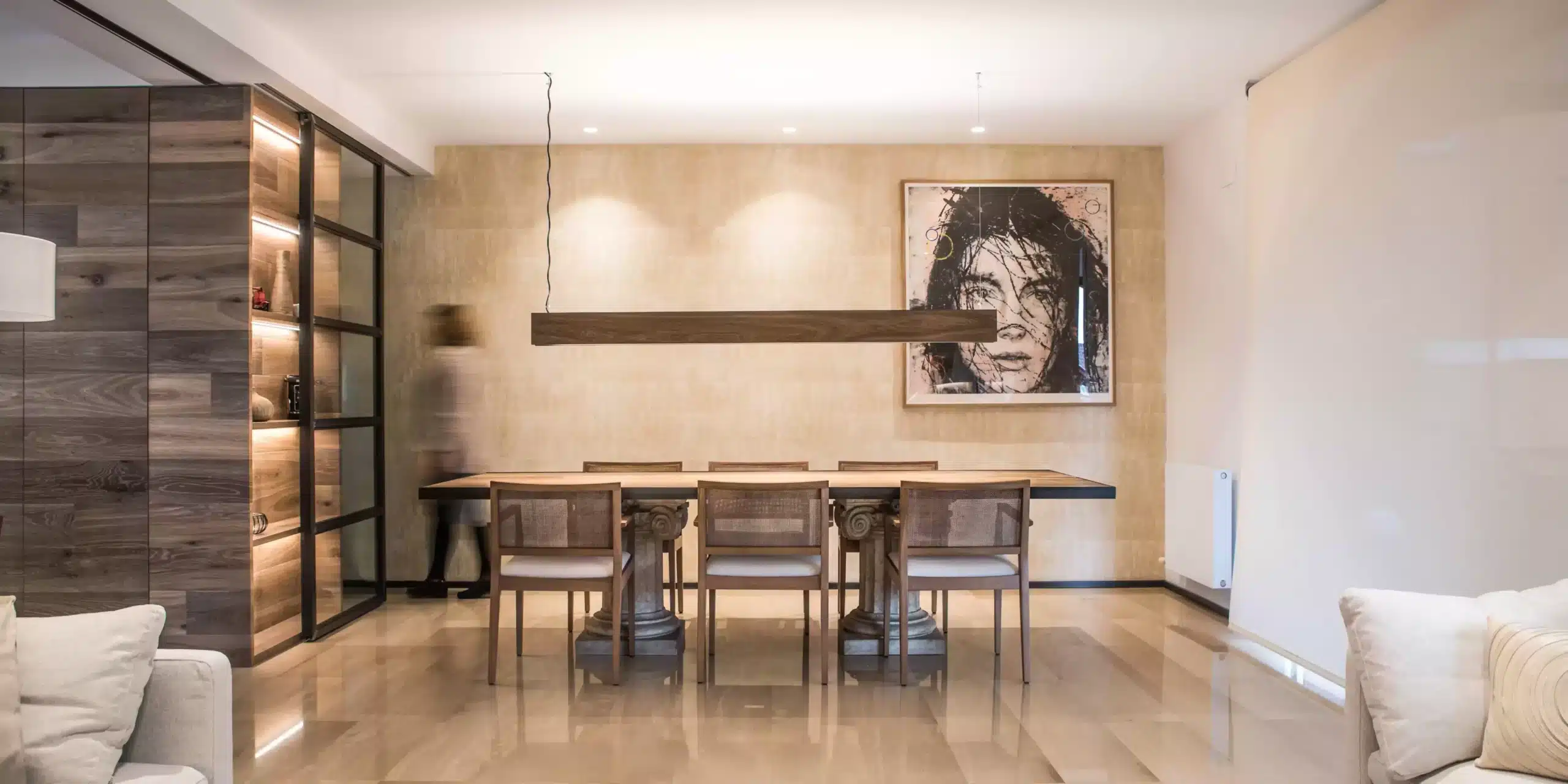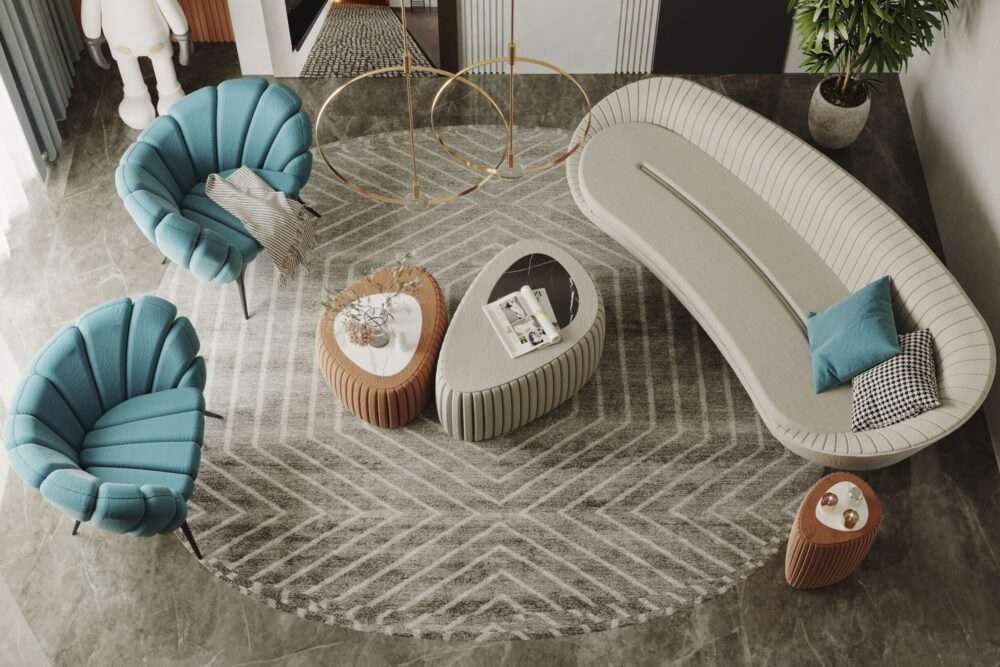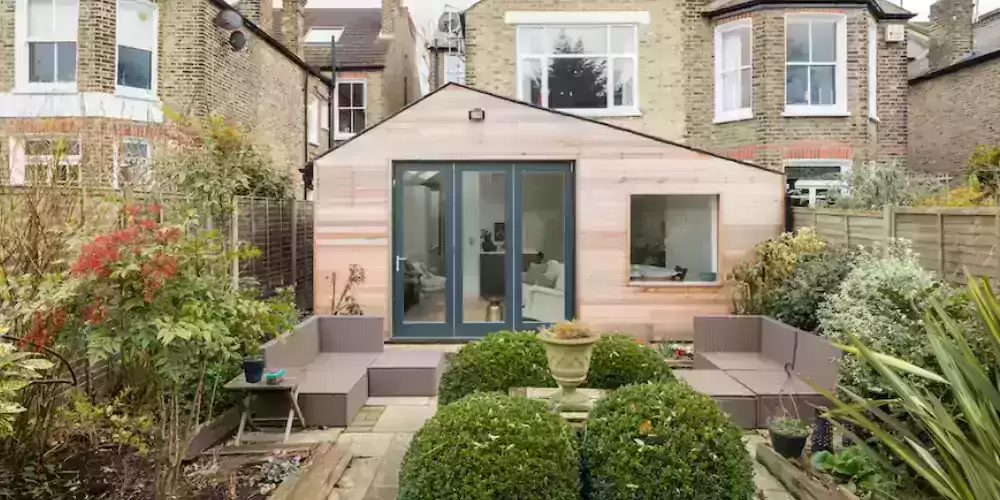It is no secret that the engineering and construction industry is a major force for the global economy.
With the construction industry accounting for 13% of global GDP, it is under constant pressure to innovate, increase efficiency and address cost pressures.
The COVID-19 pandemic has created unprecedented challenges and forced industry leaders to rethink the way they approach technology.

What is digital transformation in construction?
Digital transformation in construction is the integration of digital technology into all areas of a construction company, improving operations and delivering value.
A required component of the digital transformation of construction is also a cultural change, construction companies specifically need to challenge the status quo and discrimination.
Identifying and using technology in new or improved use cases provides a key competitive advantage.
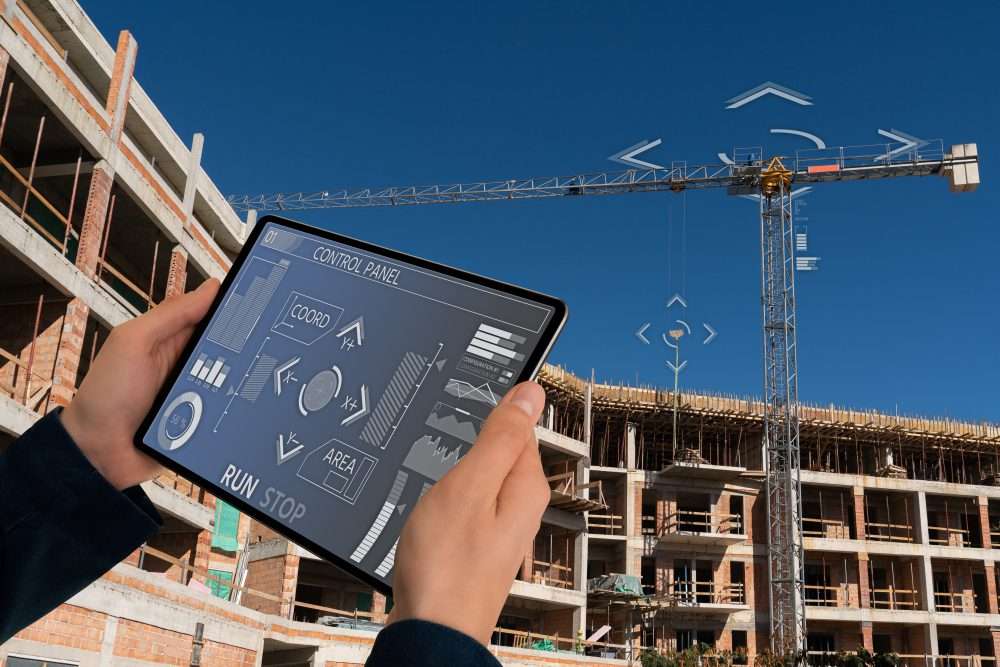
Challenges facing the construction industry
The construction industry has changed dramatically over the past few decades, and today, construction projects must be managed with incredible efficiency.
While protecting the safety of its workers, balancing the shortage of materials and labor.
Aging Workforce – The construction industry is currently facing a significant labor shortage due to the retirement of older workers (specifically baby boomers).
In the United States alone, there were about 300,000 construction job vacancies in 2019.
This is expected to increase to approximately 750,000 by 2026.
And many young workers simply do not pursue these types of careers.
Also, older workers are usually not tech-savvy and are likely to resist new technologies being introduced.
Imposing too many changes quickly could increase retirement rates, leaving the industry’s workforce short of already meager resources.
Analog Processes – Many aspects of the construction industry still rely on legacy manual processes to track project statuses, order materials,
complete safety documents, and do the actual work.
Pricing pressures – The construction industry has been on the receiving end of trade wars between countries that force the cost of materials up.
For example, in 2018, the United States applied tariffs on steel (25%) and aluminum (10%).
And as geopolitical tensions escalate around the world, tariffs could trigger
Additional sanctions have unexpectedly increased the cost of materials and labor. In some parts of the world, inflation has been higher than usual.
Supply Chain Issues – Demand for building materials and services has fallen sharply during the COVID-19 pandemic.
With the recovery of the global economy, the demand for new construction has begun to increase.
Many suppliers of raw materials have not been able to keep up with demand which is causing significant disruptions in schedules and increasing material costs.
Green Initiatives – The World Green Building Council estimates that the construction industry is responsible for around 39% of all carbon emissions in the world.
As governments work to reduce their carbon footprints, pressure will be placed on the construction industry to provide greener building methods.
Construction activity down – Experts don’t expect the construction industry to return to 2019 levels until around 2023.

Benefits of digital transformation for the construction industry
The construction industry has been slow to adopt new technologies due to industry standards and worker resistance.
However, there are many benefits that come with digital transformation that construction industry executives need to keep in mind.
Improving Site Safety The construction industry is notorious for its physically demanding work.
Construction companies have long sought improvements in site safety practices to reduce the number of workplace injuries and deaths.
Technology such as wearable devices and remote monitoring can help improve safety records
That mitigate the risk of lawsuits or workers compensation claims.
Client Collaboration – Professionals in the construction industry must work closely with their clients to create designs that meet their clients’ needs.
New technology such as virtual reality and augmented reality can help clients visualize their future space or remotely check current progress.
Simplify inefficient processes – many construction techniques and processes are based on tried and true methods that have been around for centuries,
While some updating has occurred, there is room for improvement.
Attracting Younger Workers – As more people pursue higher education, fewer pursue career paths in skilled trade jobs.
A survey of 35,000 employers in 36 countries found that skilled workers are the most difficult jobs to fill.
. Improvements in technology can make these jobs more attractive to younger workers.
Reduce Waste and Cost – Over the past few years, construction costs have increased by more than 20%.
This has left construction companies scrambling to control costs and reduce waste where possible.
Technology can help reduce these costs by providing better planning and tracking insights to project managers.
Best practices in contracting projects
أفضل الممارسات في مشاريع المقاولات







